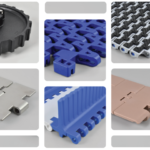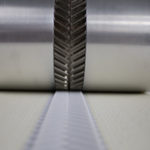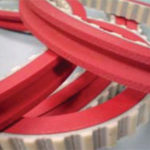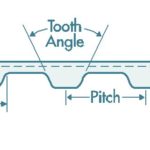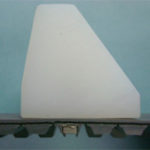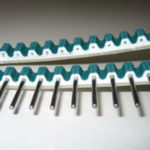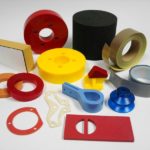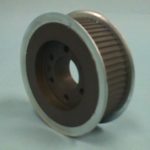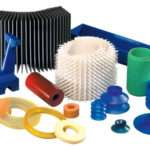Globax news
Blog
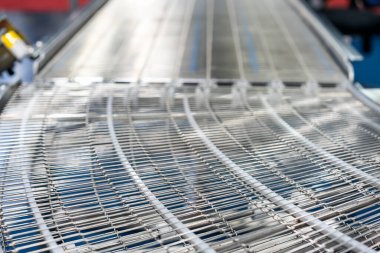
F.N. Sheppard & Co: Unveiling the Strength of Steel in Exploring the World of Wire Conveyor Belts
Bringing clarity to the realm of conveyor systems is an informative article titled “What Is a Wire Conveyor Belt?” This exploration sheds light on the intricacies and advantages of wire conveyor belts, serving as a durable and versatile alternative to traditional rubber or plastic belts.
Understanding Wire Conveyor Belts: A Brief Overview
A wire conveyor belt plays a crucial role in conveyor systems, facilitating the seamless movement of items or materials within a defined space. Unlike rubber or plastic counterparts, this belt is crafted from woven metal wire, ensuring durability, heat resistance, and ease of cleaning. The metal composition allows for optimal aeration and ventilation, making wire conveyor belts particularly suitable for applications in food processing.
Construction and Material Choices
Steel, the primary material choice for wire conveyor belts, undergoes a weaving process to form a belt with gaps or steel mesh. These gaps provide enhanced drainage, ventilation, and cleaning capabilities. The use of certain grades of steel is essential for applications in food processing to prevent contamination. The metal construction ensures minimal stretching or rapid wear compared to rubber belts. Additionally, the metal belt can be propelled using a track system, enhancing grip and reducing slippage, unlike rubber belts that require frequent tensioning around rollers.
Advantages and Considerations
While wire conveyor belts offer numerous advantages, such as durability and easy cleaning, there are considerations to bear in mind. The initial cost may be higher compared to rubber belts, and repairing damaged mesh can be challenging, often necessitating the replacement of the entire belt. The weight of the wire conveyor belt is notably higher than that of rubber or plastic alternatives, requiring conveyor motors to exert more effort. The gaps in the wire mesh, advantageous for drainage, may allow fine particulate matter to fall through, potentially causing damage to components beneath.
Explore F.N. Sheppard & Co’s expertise in conveyor belts and related products here.
Article with all rights reserved, courtesy of aboutmechanics.com
